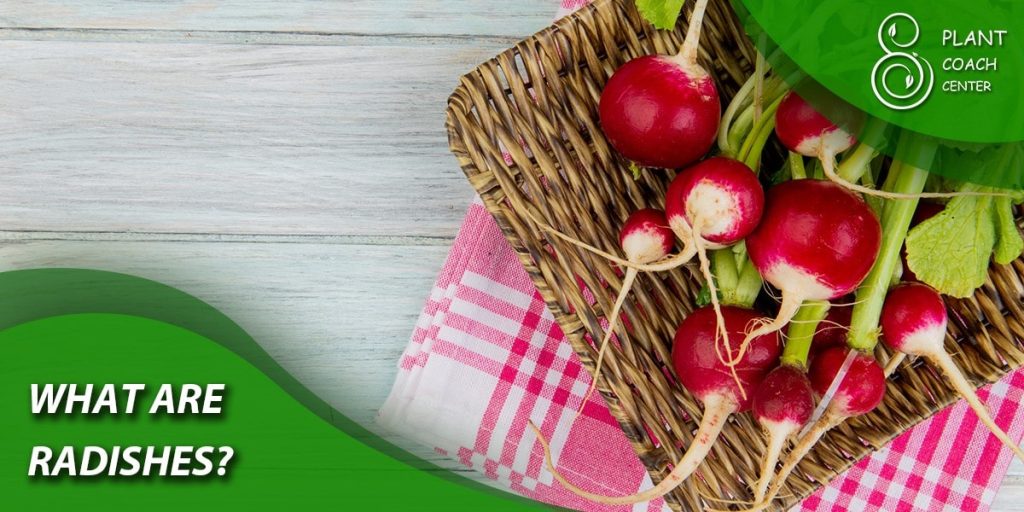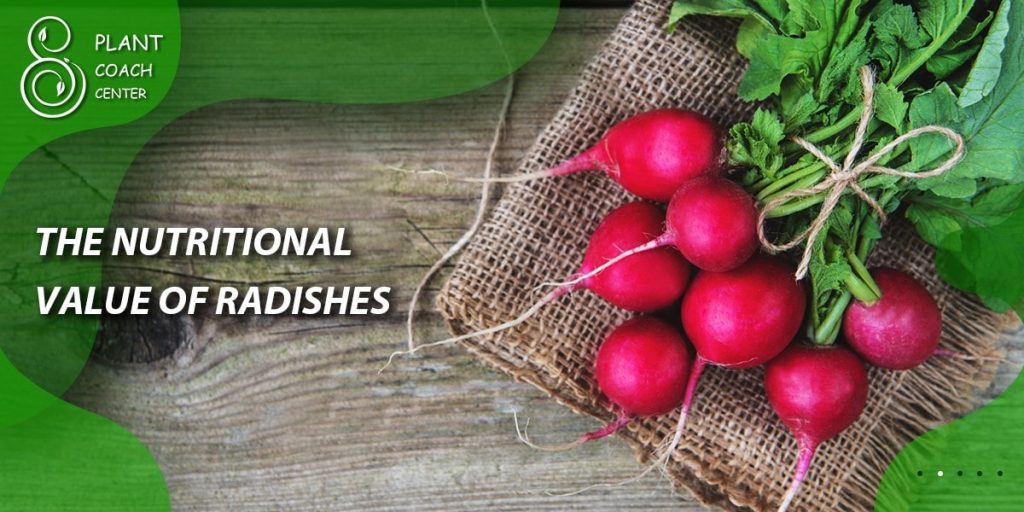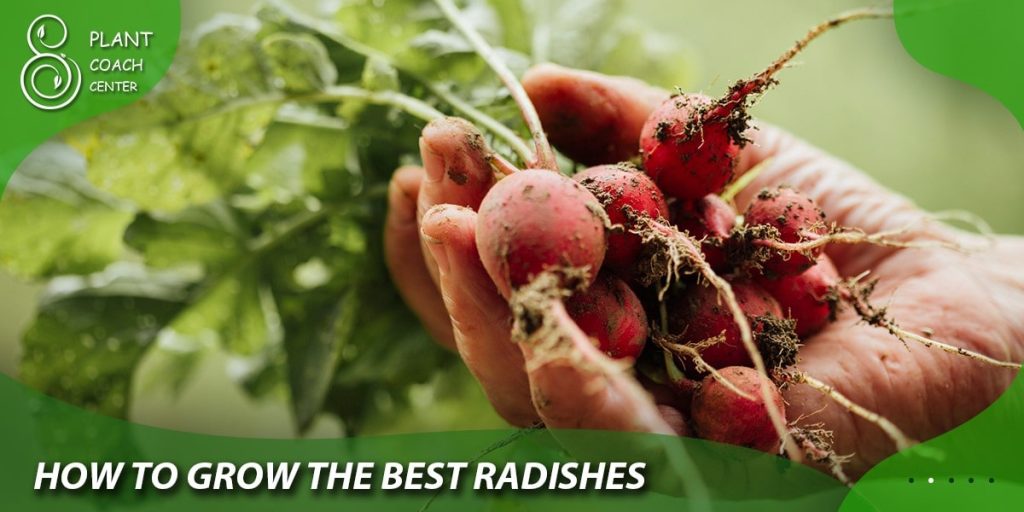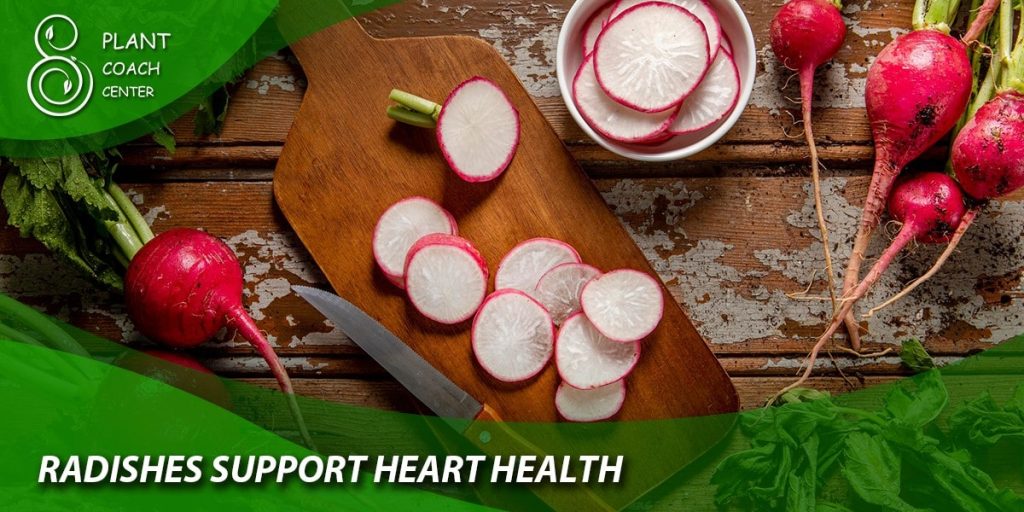Introduction
Radishes, the vibrant, crunchy veggies we often see in our salads, have more to them than meets the eye. Have you ever wondered exactly how do radishes grow? If so, you’ve landed at the right spot. In this article, we’ll delve into all things radish, from its history to its growing process, potential issues, and its nutritional value. Let’s dive right in!
What are Radishes?
History of Radishes
Radishes are ancient veggies, with their roots tracing back to Southeast Asia. Over time, these versatile vegetables have made their way into various cuisines around the globe.

Types of Radishes
There are numerous types of radishes, each with unique flavors and colors. Some popular ones include Cherry Belle, Watermelon, and Daikon radishes.
Understanding the Basics of Growing Radishes
Soil
Soil is a crucial factor when growing radishes. They prefer loose, well-draining soil with a pH between 6.0 and 7.0.
Climate
Radishes are cool-season crops, thriving best in temperatures between 50°F and 65°F.
Season
Spring and fall are the ideal seasons for planting radishes. The cooler temperatures during these times help radishes grow quickly and develop a crisp texture.
How Do Radishes Grow?
How Do Radishes Grow?
Planting the Seeds
Plant radish seeds directly into the garden, as they dislike being transplanted. They should be sown 1/2 inch deep and 1 inch apart in rows 12 inches apart.
Care and Maintenance
Radishes require regular watering and should be kept weed-free. Overwatering or under watering can lead to poor growth or splitting.
Harvesting
Radishes are usually ready for harvest 3-4 weeks after planting. They should be harvested promptly to avoid becoming woody and overly pungent.
Common Problems When Growing Radishes
Pests and Diseases
Common pests include flea beetles and root maggots. Diseases like club root and black root can also affect radishes.
Other Issues
Overcrowding can lead to small or misshapen radishes. Overly hot weather can cause radishes to become woody or bolt prematurely.
The Nutritional Value of Radishes

Radishes are packed with vitamins and minerals, including vitamin C, potassium, and fiber. They are low in calories, making them a healthy addition to any diet.
Potential Side Effects and Risks of Consuming Radishes
While radishes are generally safe and healthy for most people to consume, they are not without potential side effects and risks. Here are some considerations to keep in mind:
1. Digestive Issues: Radishes are high in fiber, which, while beneficial for digestive health, can cause issues in some people. Consuming large amounts of radishes or increasing your intake rapidly can lead to digestive discomfort, including bloating, gas, and stomach cramps. People with irritable bowel syndrome or other digestive disorders may find these symptoms particularly pronounced.
2. Allergic Reactions: While rare, some individuals may have an allergic reaction to radishes. Symptoms of a food allergy can include itching, swelling, stomach cramps, nausea, vomiting, diarrhea, difficulty breathing, and a rash. If you exhibit any of these symptoms after consuming radishes, seek medical attention immediately.

3. Goitrogens: Radishes, like other cruciferous vegetables, contain compounds called goitrogens, which can interfere with thyroid hormone production if consumed in large amounts. This could potentially exacerbate symptoms in people with thyroid disorders. However, it’s important to note that you would need to consume very large amounts of radishes for this to be a concern, and cooking can reduce the goitrogenic effect.
4. Oxalates: Radishes also contain oxalates, substances that can contribute to the formation of kidney stones in susceptible individuals. If you have a history of oxalate kidney stones, you may want to limit your consumption of radishes and other high-oxalate foods.
5. Blood-Thinning Properties: Radishes have blood-thinning properties due to their high vitamin K content. While this is generally beneficial for heart health, it can be a concern for those taking blood-thinning medications, as it may interfere with the effectiveness of the medication. If you are on such medications, it’s important to maintain a consistent intake of vitamin K and discuss dietary changes with your healthcare provider.
6. Nutrient Interference: The high fiber content in radishes can interfere with the absorption of nutrients in the gut if consumed in large amounts. This is because fiber binds with certain minerals, such as calcium, magnesium, and iron, preventing them from being fully absorbed.
7. Risk of Contamination: Like any raw vegetable, radishes can carry a risk of contamination with bacteria or pesticides, especially if not properly washed or if grown in contaminated soil. It’s crucial to wash radishes thoroughly before eating and, where possible, to opt for organic or home-grown radishes.

The Nutritional Value of Radishes
Radishes are not just crunchy and flavorful additions to your meals but also pack a nutritional punch. Here are some of the key nutritional benefits of radishes.
Rich in Vitamins and Minerals
Radishes are a good source of vitamins and minerals. They contain Vitamin C, an antioxidant that helps protect your cells from damage. This vitamin also aids in tissue repair and immune function. Radishes are also rich in potassium, a mineral that supports heart health and proper nerve and muscle function.
High in Fiber
Radishes are high in fiber, aiding in digestion and promoting a healthy gut. A diet high in fiber can help prevent constipation and maintain a healthy weight.
Low in Calories
If you’re watching your caloric intake, radishes are a great choice. They are low in calories, meaning you can eat a large serving without consuming too many calories.
Hydrating
Radishes have a high water content, which can help keep you hydrated. Staying hydrated is essential for maintaining healthy skin, helping digestion, and supporting overall body function.
Antifungal Properties
Radishes contain RsAFP2, a compound with antifungal properties. Some studies suggest this compound could help fight against various types of fungal diseases.

May Support Heart Health
Radishes are a source of anthocyanins, a type of flavonoid with antioxidant effects that may support heart health. Some studies suggest that anthocyanins could help reduce the risk of heart disease.
In summary, radishes are a nutritious vegetable that can contribute to a healthy diet. Whether eaten raw or cooked, they offer a variety of health benefits that can support your overall well-being.
Conclusion
Growing radishes is a rewarding endeavor, offering a quick and bountiful harvest. Understanding “how do radishes grow” can enhance your gardening skills and provide a fresh, nutritious addition to your meals. So why wait? It’s time to get your hands dirty and start planting! Happy gardening from the team at PlantCoachCenter.com.
Do radishes need full sun to grow?
Yes, radishes need full sun to partial shade to grow well.
How long does it take for a radish to grow?
Radishes usually take 3-4 weeks to grow after planting.
How do you know when radishes are ready to harvest?
Radishes are ready to harvest when their roots are approximately 1 inch in diameter.
Can radishes be grown in pots?
Yes, radishes can be grown successfully in pots. They are actually an excellent choice for container gardening due to their compact size and short growing season.
What are the benefits of eating radishes?
Radishes are low in calories but high in nutrients like vitamin C, potassium, and fiber. They aid in digestion, keep you hydrated, and can contribute to heart health.
To prevent bolting, plant radishes in the cooler spring and fall months and ensure they have plenty of water. Bolting often occurs due to high temperatures and dry conditions.







